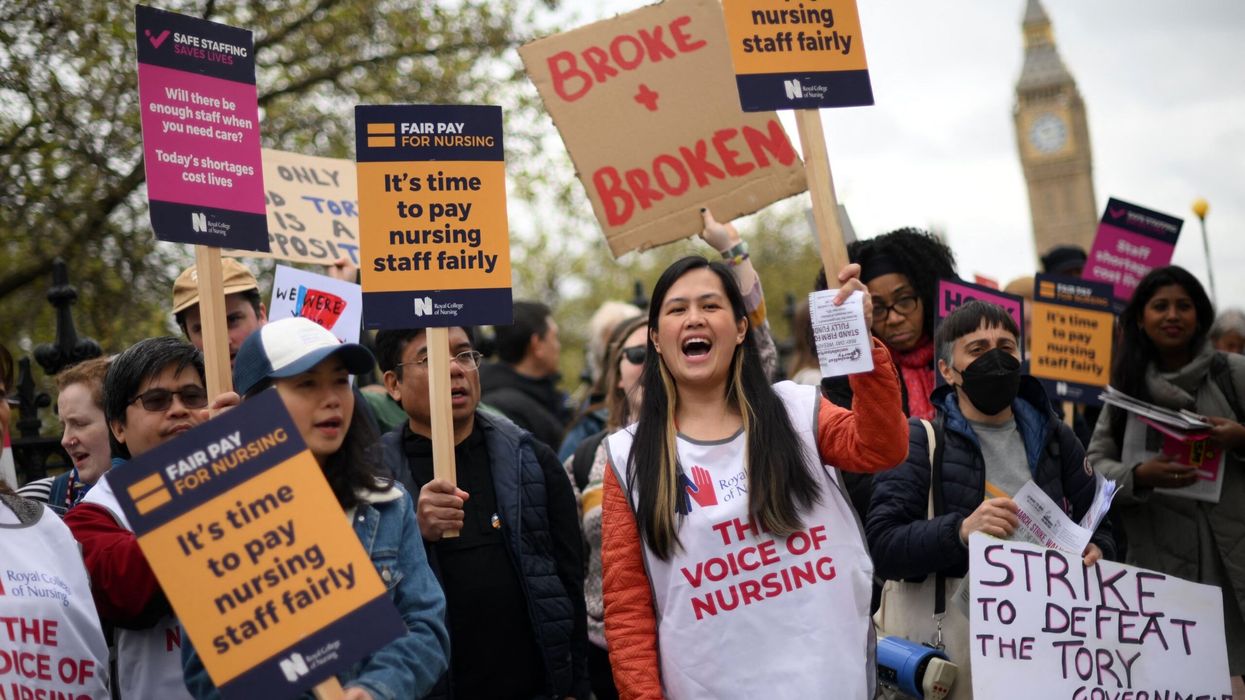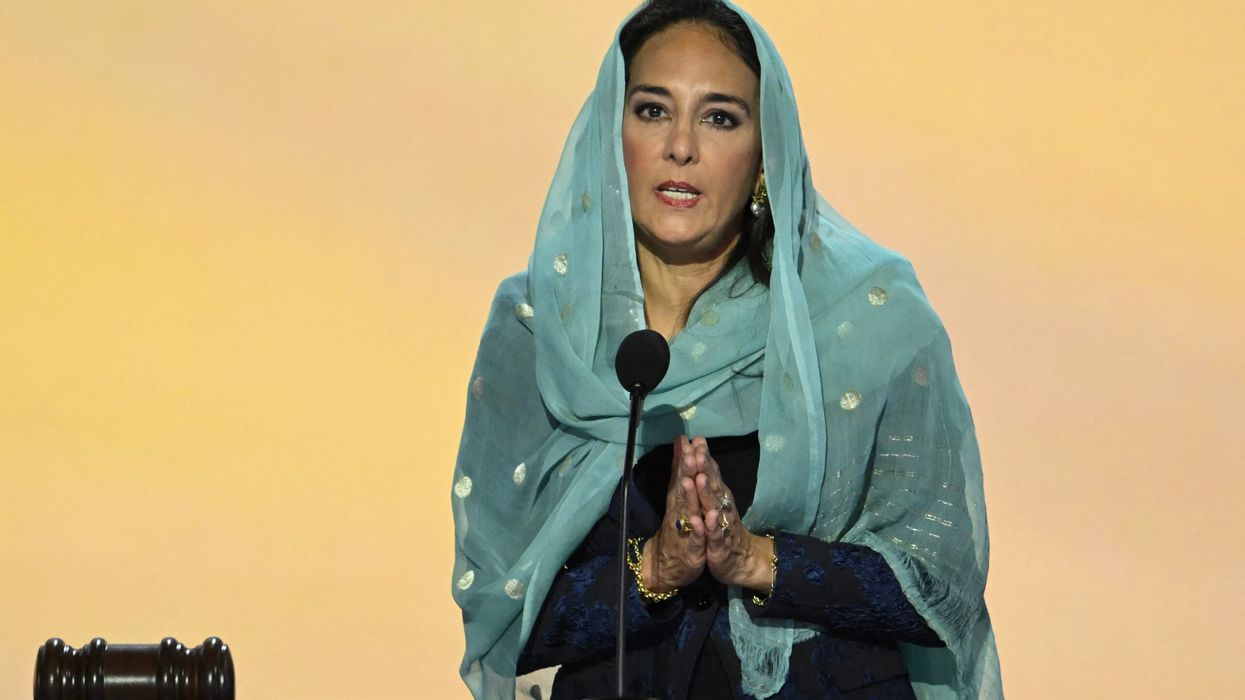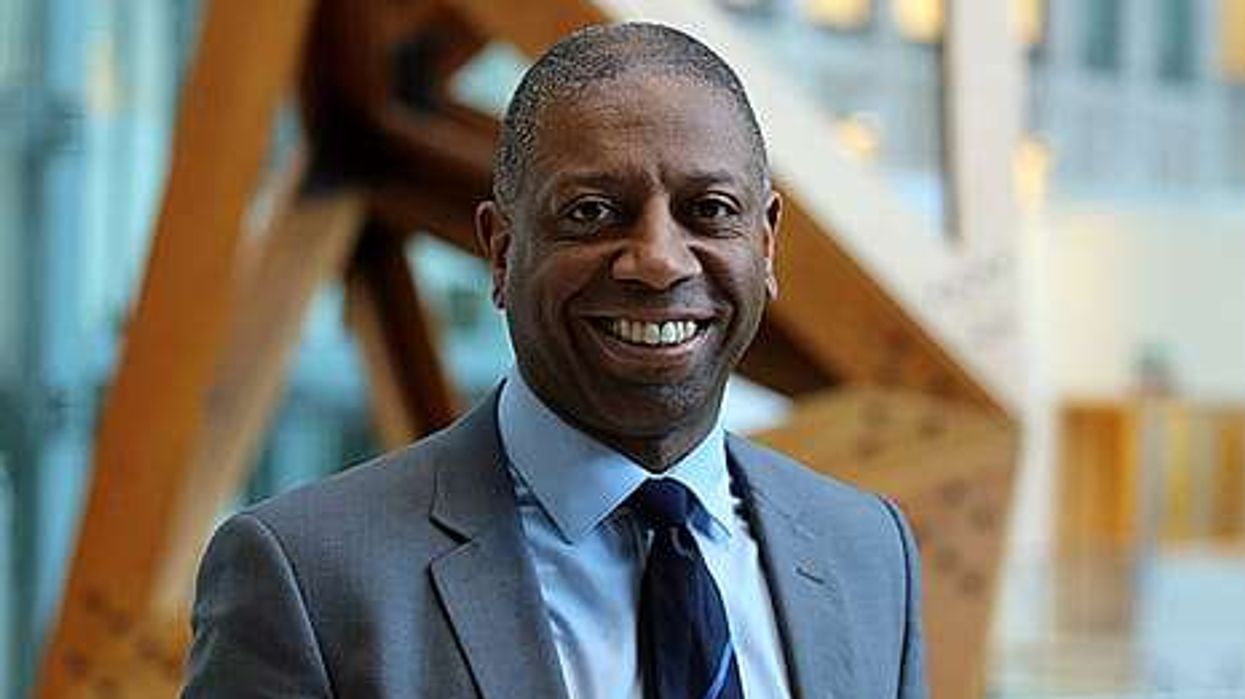US President Donald Trump is all set for talks with North Korean dictator Kim Jong-Un, but Pyongyang is yet to make any public announcement regarding the talks. However, the White House is confident that talks between two leaders will take place.
“We fully expect that it will," White House spokesperson Sarah Sanders was quoted as saying by Reuters. "The offer was made and we’ve accepted. North Korea made several promises and we hope that they would stick to those promises and if so the meeting will go on as planned," she said.
Trump recently took to Twitter to talk about the upcoming meeting, crediting China and Japan for being helpful allies.
Trump wrote: "Chinese President XI JINPING and I spoke at length about the meeting with KIM JONG UN of North Korea. President XI told me he appreciates that the U.S. is working to solve the problem diplomatically rather than going with the ominous alternative. China continues to be helpful!"
"Spoke to Prime Minister Abe of Japan, who is very enthusiastic about talks with North Korea," the President wrote.
Meanwhile, there's a lot of interest in where this unprecedented meeting between the two leaders will take place.
Jeju Island in South Korea is one of the places that's being considered. The island is easily accessed by plane or boat from Korean peninsula.
Professor John Delury of Yonsei University, who on Twitter had discussed possible Trump-Kim meeting locations, told Reuters that Jeju Island was a preferred location as it hosts an annual “peace and prosperity” forum in May. The island is also dubbed the “Island of Peace.”
The Joint Security Area in Panmunjom, located at the Military Demarcation Line between North and South Korea, is also a possible location.
A South Korean official told Reuters, ”Places like Switzerland, Sweden or Jeju Island have been gaining a lot of attention, but we also view the JSA as a serious option.”











